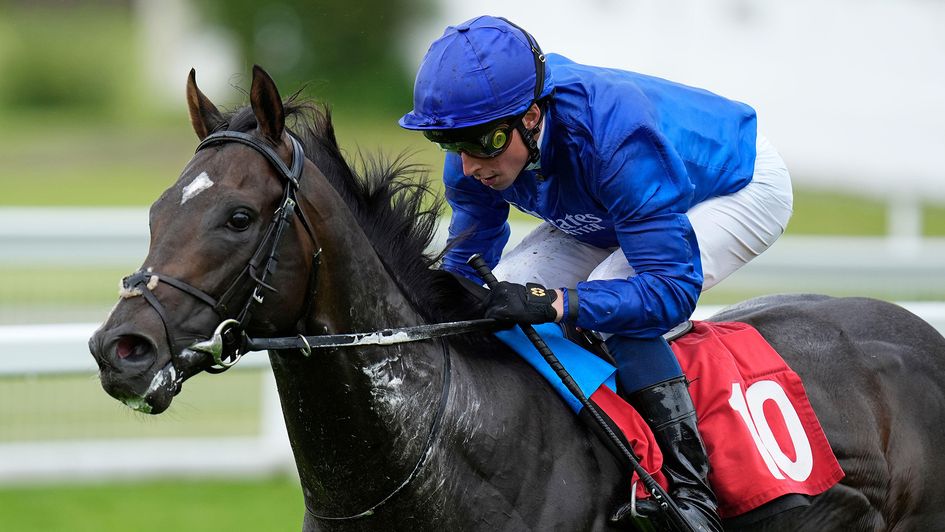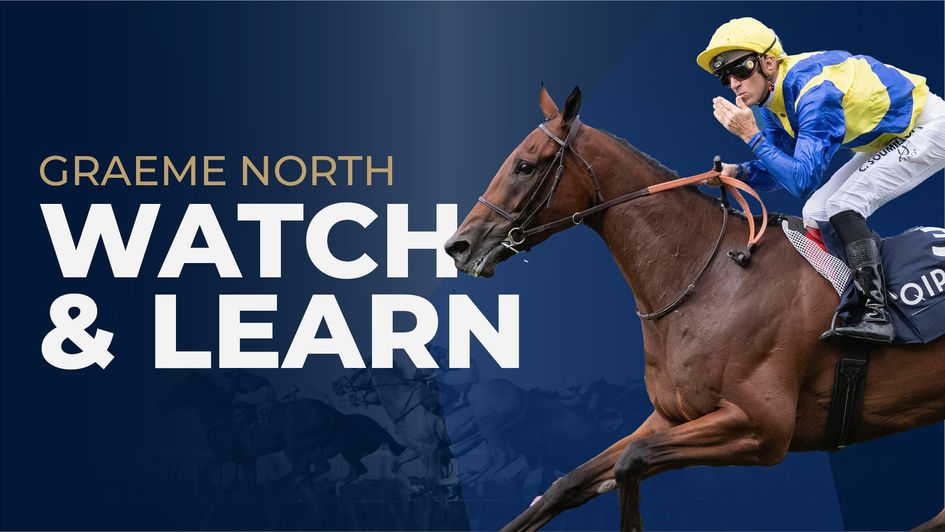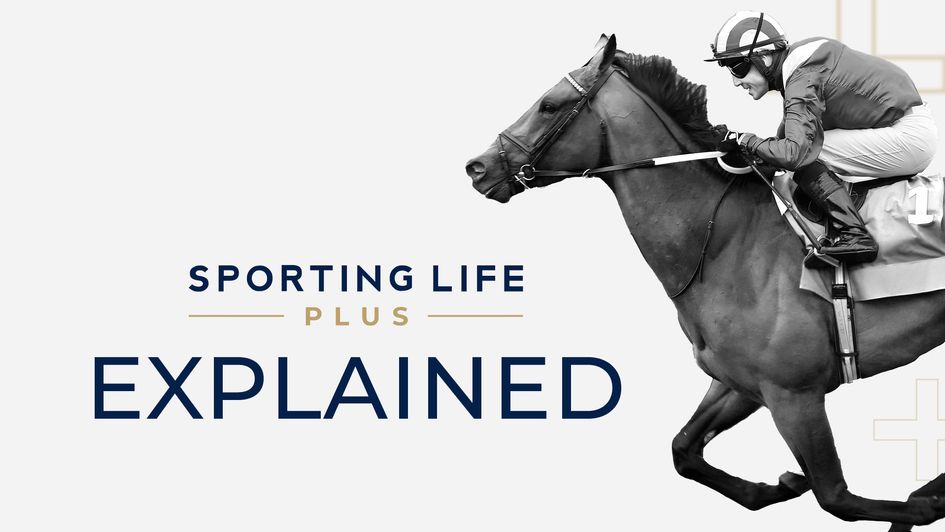Graeme North on what the clock tells us about the King George and timefigure analysis of the rest of the big-race action.
"Ascot groundsmen were also handicapped in their attempts to provide good going by the then policy of allowing the crowds to walk on the course between races and before racing. The course is hallowed ground and thanks to Ascot’s own reservoir and a first-class watering system the stay-at-home punter need have no fear that his fancy may find the going too hard." so wrote John Hickman in Homes Of Sport: Horseracing.
But, as the fallout from some of the beaten connections in the latest King George and Queen Elizabeth II Stakes some 70 years later would have us believe, not good to firm enough either…
Hard is a going description rarely seen anymore outside summer point-to-points in the West Country and point-to-points are still the only race discipline nowadays where the public can roam wild on the racecourse before and between races.
Links with the past are maintained more visibly at Ascot than at most courses with numerous races commemorating those who made racing there possible - Queen Anne, notably, who founded Ascot – or those who maintained the turf or advanced the racing program such as Crocker Bulteel who came up with the idea for the King George and Queen Elizabeth II Stakes and who introduced televised racing to Ascot, or the famously fastidious clerk of the course Gordon Carter who reportedly had his shoelaces washed and ironed ahead of every day at Royal Ascot.
Another time-honoured tradition still practiced at the track on big race days and showing no sign of waning is Aidan O’Brien and a considerable entourage walking a course they’ve walked painstakingly many times before, presumably in search of the best ground.
What was the ground at Ascot on Saturday?
Interviewed after the latest King George, where Auguste Rodin suffered his third defeat in four races this year, O’Brien was quick to blame ground, reportedly saying it was good, good to soft in places and nowhere good to firm anywhere with the ground on the rails cut up and full of sand. So was the ground good to firm or was it good to soft?
Ascot have staged 12 days of Flat racing this season, eleven with minimal wind, and only two of those days have been staged on ground that had good to soft as all or part of the official going description.
On both those occasions Timeform called the ground faster – good in both instances – besides returning ground faster than the official description on five occasions and never slower. The ground for Friday’s meeting was officially a mixture of good and good to firm in places and the race times with no wind to speak of backed that description up solidly.
Whether Ascot needed to put down 3mm of water on Friday night is a question for Chris Stickels to answer and not me but if the intention was to maintain the speed of the surface it had no effect with race times faster compared to standard than the preceding day despite a light headwind.
In short, there was little suggestion, on the clock at least which remains the most reliable indicator of surface speed should anyone need reminding, that the ground at Ascot was anything other than just about good to firm.
A comparison between the in-race pace of the races at a mile-and-a-half that both King George winner Goliath and Auguste Rodin have contested at listed level or above make interesting reading.
Ahead of the King George, Goliath had run in five races at or around that trip at that level where tracking data had been available and in the first four of them he had reached the two-furlong marker (or 400m marker using French data) in not less than 84.1% of the winning time and as much as 87.1% of the winning time in the very slowly-run Prix d’Hedouville at Longchamp in May.
That 84.1% performance came in the Hardwicke Stakes at Ascot, his first start outside of France, where he was still racing keenly turning for home so given his progressive profile even after that contest (which Timeform rated his best yet by 4lb) it perhaps shouldn’t have come as too big a surprise bearing in mind his German pedigree that he should show improved form given a truer gallop at the trip, reaching Ascot’s two-furlong marker in 82.8% of the winning time.
In contrast, while Auguste Rodin is no stranger to winning races off a strong gallop at a mile-and-a-quarter, his best efforts at a mile-and-a-half have come in races where he reached the two-furlong pole in a much calmer proportion of the winning time - he reached the two-furlong pole of the Derby in 85.6% of the winning time, the Irish Derby in a manually-calculated 85.3% and the Breeders’ Cup Turf in 84.3%.
To put those figures into context a horse reaching the two-furlong pole of a mile-and-a-half race won in 2m 30 seconds in a King George - like 82.8% of the overall time - would have got there in 2m 04.20 seconds whereas a horse reaching the two-furlong pole in a Breeders’ Cup -like 84.3% - would have got there in 2m 06.45 seconds.
A small difference in percentage terms but a large difference in time and lengths (eleven or so) which are extrapolated from time. The increasing likelihood it would seem is that Auguste Rodin even on a ‘going day’ is a ‘soft’ mile-and-a-half horse who’d probably have to be ridden ‘cold’ in a typical frantically-run Japan Cup should he go there. I very much doubt he will with a drop back in trip looking the most likely option to me.
Ascot second hard to beat at York
Goliath’s winning time was the fifth fastest in the race this century (Novellist in 2013 remains the fastest though neither transparent race distances nor added yardage were as comprehensive back then as they are today) and translates into a 123 timefigure (no upgrade) which is a bare minimum given he wasn’t fully ridden out once his rider was aware the race was won.
Runner-up Bluestocking ran extremely well and looks a good thing for the Yorkshire Oaks, coming from a bit further back having been drawn wide and running right up to her previous best form, in doing so improving marginally (116) on the timefigure (115) she posted in the Pretty Polly last time.

Unlimited Replays
of all UK and Irish races with our Race Replays
Discover Sporting Life Plus Benefits

Rebel’s Romance (reached the two-furlong pole in 81.9% of the overall time) didn’t get the soft time at or near the head of affairs he had when winning the Sheema Classic (reached 400m pole in 84.5% when Auguste Rodin trailed in last) or the Champions & Chater Cup in Hong Kong (84.1%) but deserves upgrading by 3lb or so from three furlongs out (and more from two furlongs out) so giving him an overall timerating of 116, the best he has recorded in this country for all he has seemingly shown a higher level of form on his travels against weaker opposition.
The other Group races on the card, the Valiant Stakes and the Princess Margaret Stakes, went to Friendly Soul and Simmering respectively.
Friendly Soul bounced back from an off-day in the Middleton to score in a modest 75 timefigure. The pace was pedestrian and once she’d raised the tempo on the home turn she was never going to be caught given she’d posted a 113 timefigure in a stamina-sapping Pretty Polly at Newmarket in April.
On the face of things, the Princess Margaret won by Simmering in a 96 timefigure doesn’t look a strong renewal given that just two-and three-quarter lengths covered the first six home, the joint-most bunched finish in the race this century, but received wisdom about bunched finishes is sometimes well wide of the mark.
The other blanket finish referred to came in 2006 when the winner Scarlet Runner went on to win the Nell Gwyn, the runner-up Vital Statistics the Dick Poole, the third Simply Perfect the May Hill, Fillies' Mile and Falmouth, the fourth Indian Ink the Cheveley Park and the Coronation and the fifth Alzeera the Cornwallis. Underestimate this year’s renewal at your peril!
Coventry fifth Al Qudra had looked in need of seven furlongs that day and took the listed Pat Eddery Stakes (the same race Rosallion won last year) in a good 103 timefigure under a sensible front-running ride from William Buick. Hot favourite Chancellor is worth another chance having lost a shoe and found trouble despite the five-runner field.
The other domestic Group race of the day, the Sky Bet York Stakes at York, turned into a farcical event with just four runners and no front runner leading to a three-furlong sprint. Defending champion Alflaila was best equipped for the test despite coming from last place but a 120% finishing speed and one of the runners, Passenger, finishing lame all adds up to muddling form.

Story and Court both make their mark
Two days beforehand there had been some good two-year-old action at Leopardstown as well as at Sandown where one of the winners, Ruling Court, joined The Lion In Winter at the head of the betting for the 2025 Derby.
Wide-margin Chesham winner Bedtime Story was the star attraction at Leopardstown, and she took her unbeaten record to three without being extended. Timeform were unable to take manual sectionals due to the head-on camera position passing the three-furlong marker but those belatedly put up on the Racing TV website by Course Track suggests she was worth at least another 12lb over the result and as much as 18lb if her last-furlong where she was just pushed out is ignored. A minimum 12lb upgrade takes her 99 timefigure to 111, 1lb higher than she recorded at Ascot, and she remains every bit as exciting as she looked then.
Hotazhell won the Tyros Stakes which was run over the same 7f 57 yards distance despite some form providers continuing to publish the distance as 7f 32 yards. His timefigure was 94 and his last two-furlong time on the back of a 107% finishing speed suggests an upgrade of 13lb is in order so taking his overall time rating to 107 which is probably a bit better than the usual recent ‘average’ winner.
Ruling Court won his maiden in a 0.63 second slower time than the 96-rated Celestial Orbit managed in the Listed Star Stakes but covered the last furlong 1.1 seconds faster according to Timeform and 1.53 seconds faster from two out if Course Track sectionals are used.
Using those last two furlongs times gives Ruling Court upgrades of around 12lb and 16lb respectively, so taking his overall time rating to somewhere between 103 and 107 which is presumably no less than those paid who 2,300,000 euros for him at the breeze-ups would have expected! Kameko, Nostrum and Arabian Crown are among the winners of the race in the last five years so a career in pattern races surely awaits.

Unlimited Replays
of all UK and Irish races with our Race Replays
Discover Sporting Life Plus Benefits

More Watch And Learn columns
- Content unlucky loser in Irish Oaks
- Leopardstown winner looks exciting
- City of Troy Eclipse win in focus
- Germanic looks Group class
- Clock backs up Rosallion display
- Bedtime Story figure can be upgraded
- Could City Of Troy be Aidan's best?
- Where are we now after the Derby trials?
- Notable success in the 2000 Guineas
- Arabian Crown lays down Derby marker
- Is Rosallion further behind City Of Troy?
- Grand National reflections: Farewell to the Aintree factor
- Fairyhouse Easter: Journey worth taking
- Doncaster: Horses to follow from Lincoln Meeting
- Cheltenham Festival: Even Gerri career-best can't floor Champs
More from Sporting Life
- Racecards
- Fast results
- Full results and free video replays
- Horse racing news
- Horse racing tips
- Horse racing features
- Download our free iOS and Android app
- Football and other sports tips
- Podcasts and video content
Safer gambling
We are committed in our support of safer gambling. Recommended bets are advised to over-18s and we strongly encourage readers to wager only what they can afford to lose.If you are concerned about your gambling, please call the National Gambling Helpline / GamCare on 0808 8020 133.Further support and information can be found at begambleaware.org and gamblingtherapy.org.









